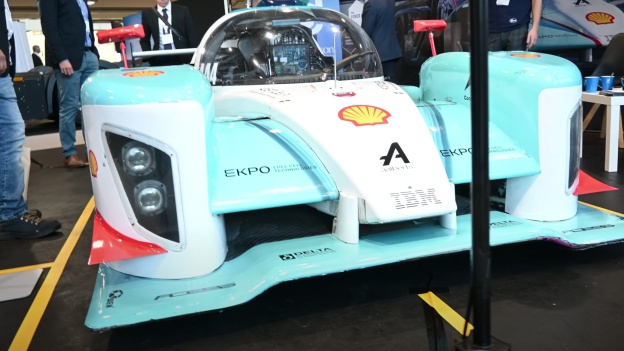Natural sources of hydrogen are more abundant than expected and could meet energy needs for centuries, a US Geological Survey study shows. This is reported in the Financial Times. Geologists are signalling the start of a new energy "gold rush" for hydrogen produced naturally inside the Earth.
According to an unpublished study by the US Geological Survey, there are up to 5 trillion tonnes of hydrogen in underground reservoirs around the world.
Presenting the results at the annual meeting of the American Association for the Advancement of Science in Denver, project leader Geoffrey Ellis said, „Most of the hydrogen is probably unavailable, but even a few percent could meet all of the projected demand - 500 million tons a year - for hundreds of years.“
Until now, demand for hydrogen as a fuel and industrial feedstock, especially to produce ammonia for fertiliser production, has been met mainly by chemical reforming of the gas, which is mostly methane. The result is „blue hydrogen“ - if carbon emissions are captured - or „grey hydrogen“ if they are not.
Smaller amounts are produced by splitting water by electrolysis using renewable energy sources, this is called 'green hydrogen'.
But Mengli Zhang of the Colorado School of Mines said using natural hydrogen - also known as geological or golden hydrogen - would be cleaner and cheaper than blue or green hydrogen. „There is a gold rush for gold hydrogen,“ she told the conference.
Those prospects are starting to attract investor interest. US start-up Koloma raised $91 million last year from funds including Bill Gates' Breakthrough Energy Ventures - recalls the Financial Times.
US company Natural Hydrogen Energy has drilled an exploratory well in Nebraska. „It will take a few years to get commercial production going,“ said Viacheslav Zgonnik, chief executive. „We're doing everything we can to get there faster.“
Earlier scientific opinion held that little pure hydrogen was likely to be found near the Earth's surface because it would be consumed by underground microbes or destroyed by geochemical processes. But geologists now believe that hydrogen is produced in large quantities when certain iron-rich minerals react with water.
Experts are now finding natural reserves of hydrogen all over the world. Recently, scientists reported that more than 200 tonnes of hydrogen flow from the Bulqizë chromite mine in Albania every year. And the village of Bourakébougou in Mali, for example, is often considered the birthplace of natural hydrogen production.
Source - Financial Times
Photo - source - h2-view.com, US Geological Survey






























